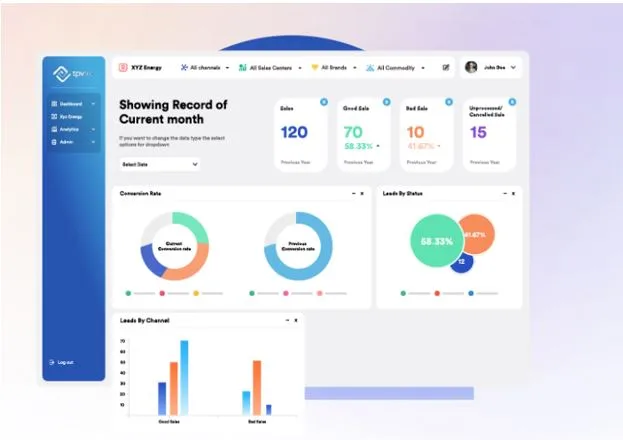Knowing the Difference Between High Volume and High Value Trades
Understanding the difference between high-volume and high-value trades is essential for making sense of market activity. These terms are often used interchangeably but describe very different dynamics that can influence price behavior, liquidity, and strategy on exchanges like LeveX. Traders who rely on only one metric risk missing important signals that shape overall market conditions.
By looking more closely at what high volume and high value represent, it’s easier to see how they work together and why both matter in trading decisions.
What Do High-Volume Trades Indicate?
High-volume trades refer to a large number of transactions within a given period of time, regardless of their individual size. This activity often reflects strong participation from many market participants, contributing to overall liquidity. A high-volume environment generally makes it easier to buy or sell without moving the price too much, which benefits both short-term and long-term traders.
Volume is also a key indicator of market sentiment. When trading activity increases significantly, it often signals growing interest or heightened uncertainty around an asset. High-volume days tend to accompany major price moves, as momentum builds across the market.
For traders, volume data provides context about whether price changes are supported by broad participation. A rise in price accompanied by high volume is often seen as more sustainable than a move that occurs with little trading activity behind it.
What Do High-Value Trades Represent?
High-value trades are defined by the size of each transaction in terms of monetary worth. Unlike volume, which emphasizes frequency, value focuses on the weight of individual trades. A single large transaction can move markets more than hundreds of smaller trades combined.
These trades are key because they can shift liquidity and alter sentiment quickly. A sudden high-value buy order may trigger upward momentum, while a large sell order can create immediate downward pressure. Even when trading volume is relatively low, one or two high-value trades can dominate activity and influence short-term price direction.
Monitoring high-value trades helps participants understand where significant capital is flowing. They are not always frequent, but their impact can be outsized compared to smaller, more routine trades.
Comparing High Volume and High Value
High volume and high value highlight different aspects of market behavior. Volume reflects the breadth of participation across many traders, while value emphasizes the depth of influence from large individual trades. Both metrics are important, but they tell different stories about the same market.
A market can show high volume driven by many small trades, creating liquidity and stability without necessarily indicating major capital inflows. In contrast, high-value trades may occur in a low-volume environment, showing that a small number of participants hold significant influence over price.
Understanding the difference helps traders interpret whether price changes are supported by widespread activity or concentrated moves. In practice, the most accurate market analysis combines insights from both measures rather than relying on one alone.
Why the Difference Matters for Market Behavior
High-volume and high-value trades each affect markets in unique ways. Spikes in volume often lead to greater liquidity, reducing the cost of entering or exiting a position. For traders, this creates more confidence that their orders can be filled without significant slippage. On the other hand, a sudden high-value trade can disrupt this balance, creating sharp movements even in otherwise steady markets.
The difference also matters for understanding volatility. High-volume activity may smooth price action by distributing trades across many participants, while high-value trades can create abrupt swings when large positions are bought or sold. Observing both metrics provides clarity about whether price trends are supported by broad participation or dominated by a small number of influential players.
When evaluated together, volume and value reveal how markets function in real time. They explain whether activity is broad-based or concentrated and whether price changes are more likely to continue or reverse.
Reading the Market More Clearly
High-volume and high-value trades are often confused, but they highlight different sides of market behavior. Volume shows the scale of participation, while value reflects the influence of large individual transactions. Together, they provide a clearer picture of liquidity, volatility, and sentiment than either measure on its own.
By understanding the distinction between these two, traders can avoid misinterpreting market signals and confidently make decisions. A single number never defines market activity, and recognizing how these two measures interact is one of the simplest ways to improve analysis. Knowing the difference between high-volume and high-value trades is a practical skill for investing in today’s markets more effectively and efficiently.





